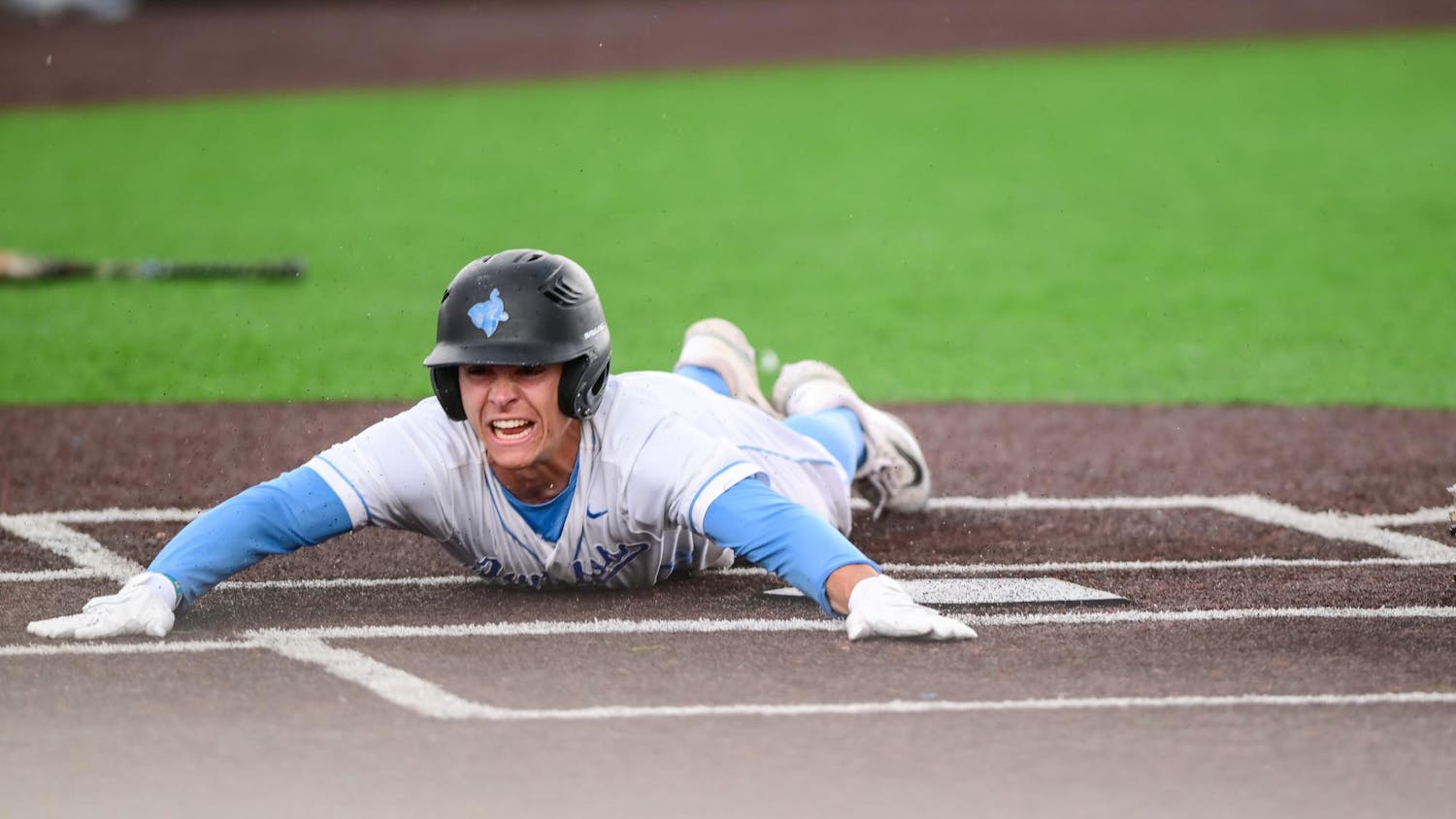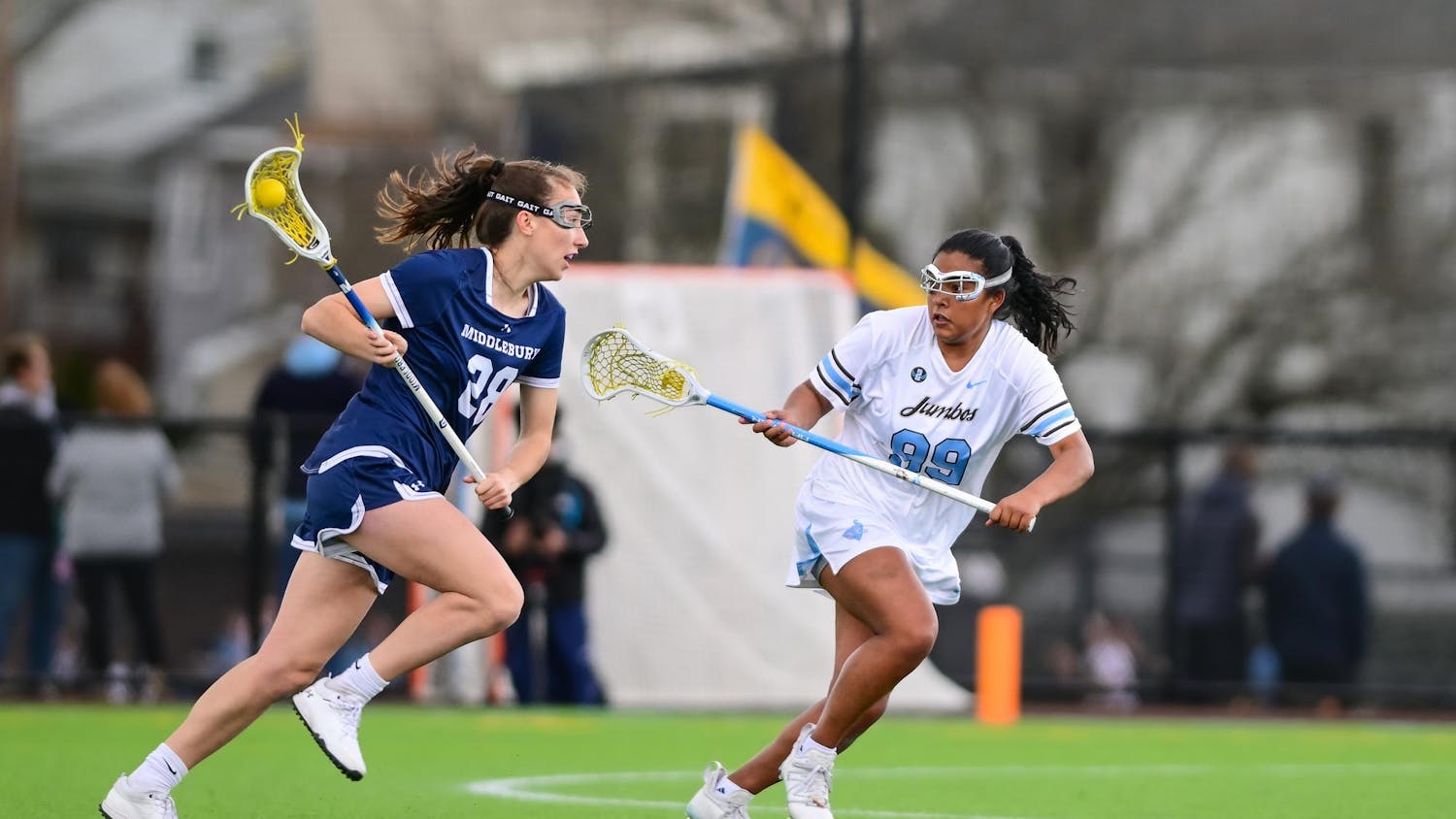My Thanksgiving consisted of the typical American plate of food, family and football. But this year, I may have gone overboard on the football part. Thursday was NFL games from when I stumbled out of bed to when I stumbled back in, much more tired and much fuller. Friday was built around LSU vs. Arkansas and the weirdness of the Big East race, Saturday was college football all day, and soon I was watching the NFL again back in Boston.
While I doubt any of you care about my Thanksgiving weekend - you've probably already had that conversation with 100 Tufts students that you don't really have anything to talk about with - I do have a point. Time and again this weekend I was reminded that while the college and professional games are similar, the rules have key differences. Each has its pros and cons, and it can be hard to argue one over the other.
We'll start with the elephant in the room: overtime. The NFL uses a sudden?death system; the first team that scores wins. Conversely, the college game gives each team a possession on the opponent's 25?yard line and continues until one outscores the other. If this repeats more than twice, teams are forced to go for a two?point conversion after touchdowns.
I'm strongly in favor of the college version, as I feel it brings about the most exciting and fair game. In the NFL, teams that win the overtime coin flip and get the ball first win nearly 60 percent of games. A sport at its highest level should not be decided by chance but by skill on the field. That's why penalty kick shootouts in soccer are so unpopular.
The NFL overtime rules also make for anticlimactic conclusions. Some of the greatest college games, such as the 2003 and 2007 Fiesta Bowls, had dramatic overtimes. But in the NFL, few of the classic games have involved it, and games that did - such as the 2007 NFC Championship Game - were not made exciting because of the overtime format.
Another key rule difference that was on display this weekend is the defensive pass interference foul. In college, it is a standard 15?yard penalty, while in the NFL the penalty is assessed at the spot committed. This difference is what gave the Ravens 50 yards on a soft foul, handing them a serious leg?up in a defensive battle that was then tied 3?3. But the college ruling has its faults as well, since a cornerback decidedly beaten by a wide receiver down the field can just take him down, only conceding 15 yards instead of 50. This loophole is what the NFL hoped to avoid.
I believe that neither rule is sufficient, as each falls short of fairness. With new hit rules already limiting defensive backs in the NFL, it seems better to change the DPI penalty into two separate fouls, one a 15?yarder and the other a spot of the foul infraction, based on the refs' judgment. This way, a ref can make a call without having to give a team half of the field with a penalty.
The final salient difference is the game clock. In the NFL, the clock only stops on incomplete passes and when players run out of bounds, while in college the clock also stops on first downs. With football games as long as they are and the scores of college contests starting to resemble basketball totals, it's time for the NCAA to nod to the pros and get rid of those extra stoppages, which give teams far too much time and take the precise skill of the two?minute drill away.
Trust me, those waiting on me for turkey dinner will be glad.
--





